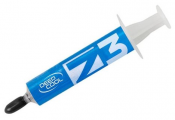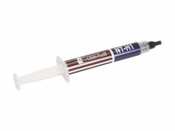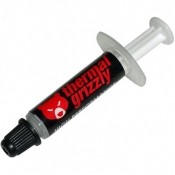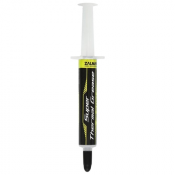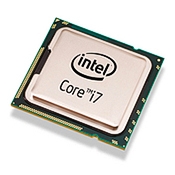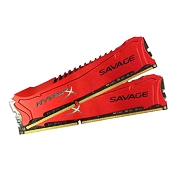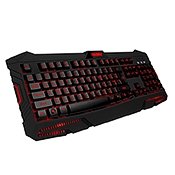KPT-19
Short review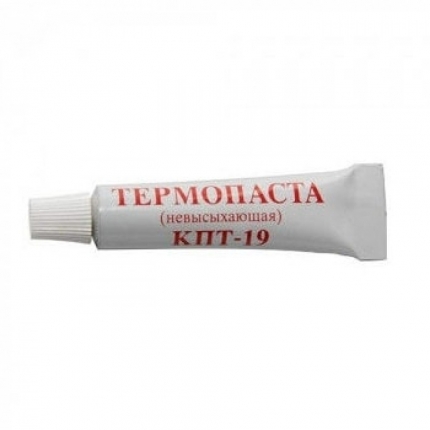
Buy KPT-19
Characteristics of KPT-19
| The main | |
| A type | thermal paste |
| Heat resistance | from -60 ° C to + 180 ° C |
| Thermal conductivity | > = 0.65W / (mhK) at + 100 ° C |
| Capacity | tube |
Reviews about KPT-19
Non-drying price
Low heat transfer coefficient compared to expensive ones, no date of manufacture on the tube
In any radio equipment, in computers, laptops, there are radio elements that generate a lot of heat during operation. Radiators of various designs are attached to such cooling components. For better heat transfer from the radio component to the radiator, special thermal pastes are used, which fill in all irregularities and improve heat transfer.
There is a wide variety of different thermal pastes available, with different price and thermal conductivity. This image (KPT-19) also belongs to inexpensive thermal pastes of good quality. Its predecessor can be called the KPT-8 paste, which has proven itself well, but it dries out over time. This type of KPT-19 has improved heat transfer, and also almost does not emit toxic substances under strong heating.
The paste is packed in a small tube, hermetically sealed under a lid. When using for the first time, you will have to pierce the neck of the tube with the back of the cap. This procedure takes place without any difficulty. I didn’t like the fact that the tube, for some reason, doesn’t have the date of manufacture of the paste, although there is a shelf life of 1.5 years, it’s not clear from what date it should be counted, I have to take the seller's word for it that this thermal paste is of a fresh year of release.
I bought KPT-19 thermal paste, as I urgently needed to replace the laptop thermal paste, and there was no other paste in the nearest store.
The paste is squeezed out of the tube is not difficult, but it is quite thick. Nevertheless, it is easily applied to the surface of the radio component, and you can easily grind it with a thin layer. In terms of electrical conductivity, it is not a conductor of electricity, so excess paste, which can accidentally squeeze out from under the radiator, will not harm the electronic device.
This thermal paste performs its functions on a four, in my opinion.
